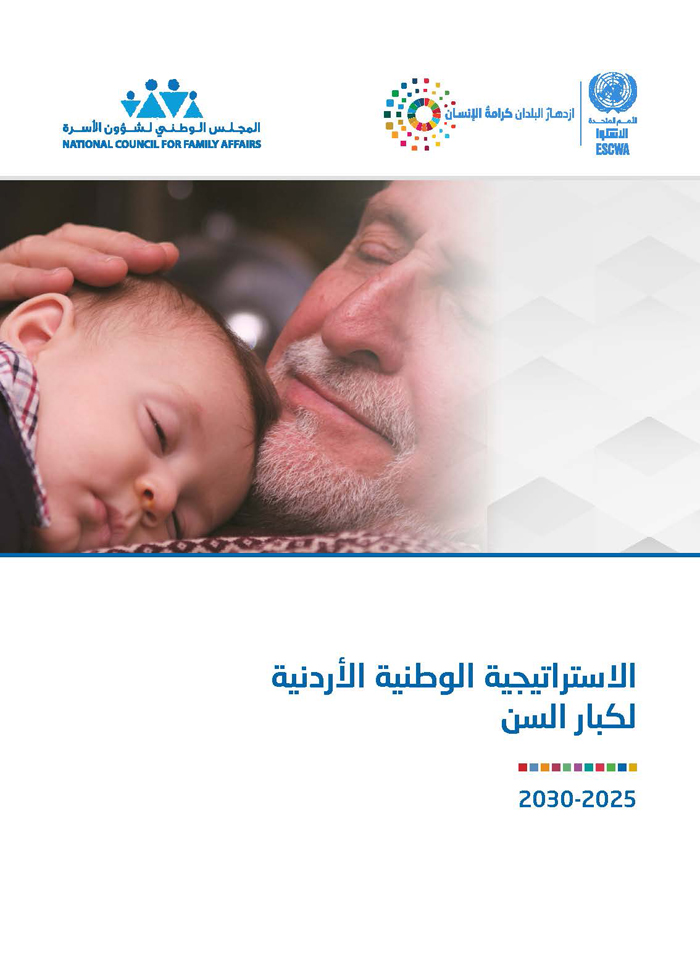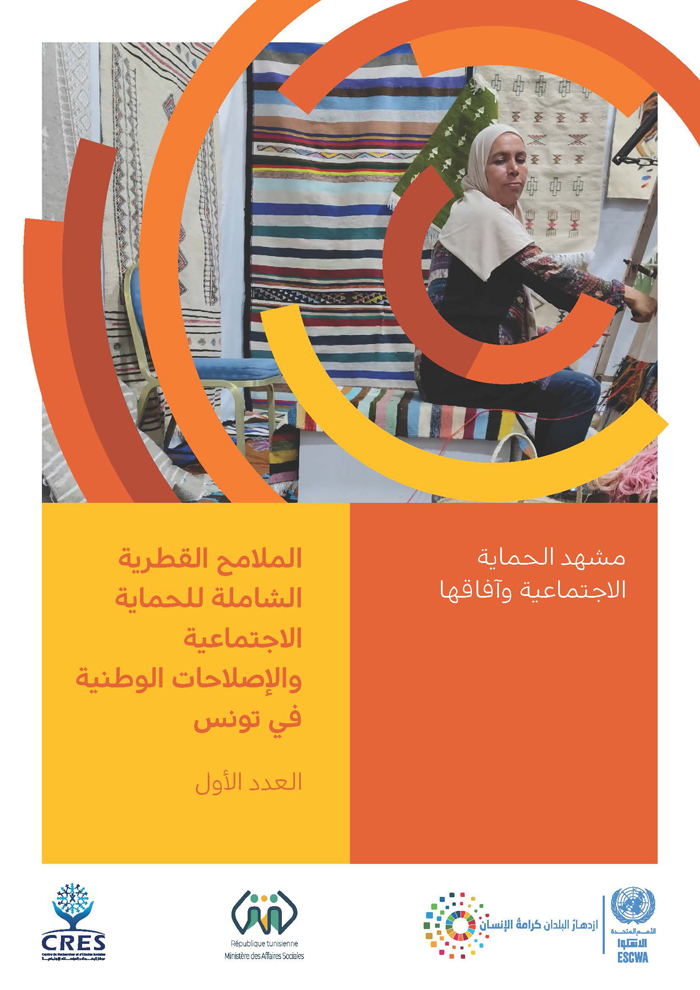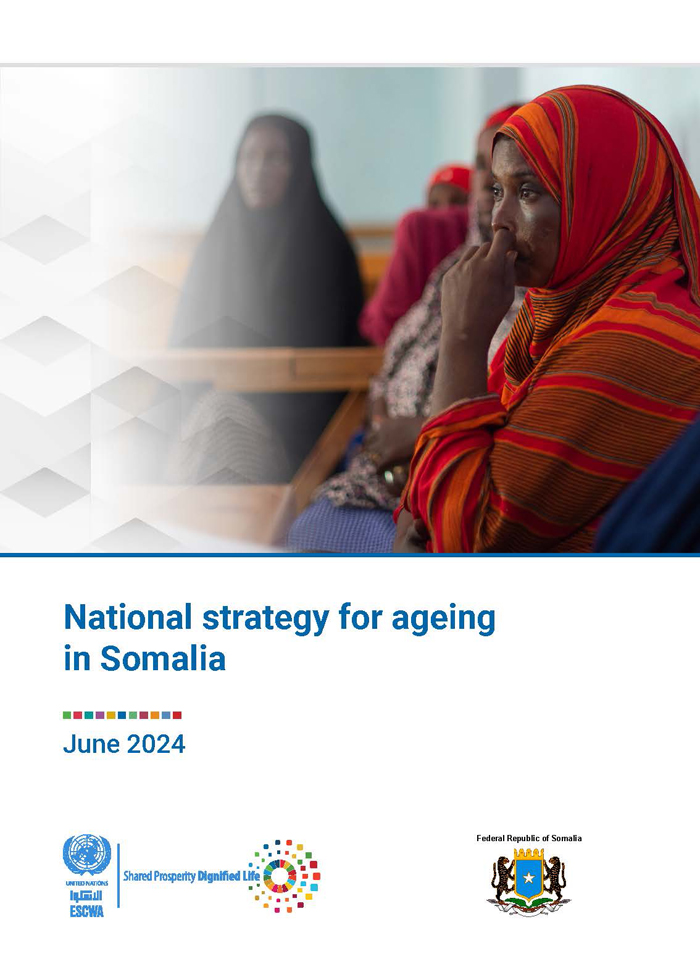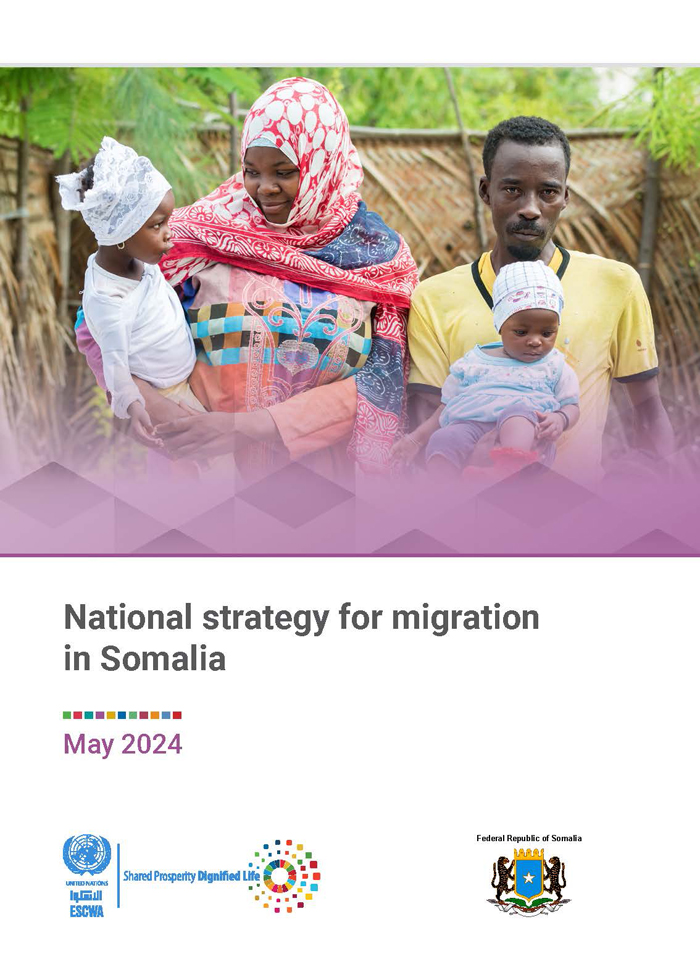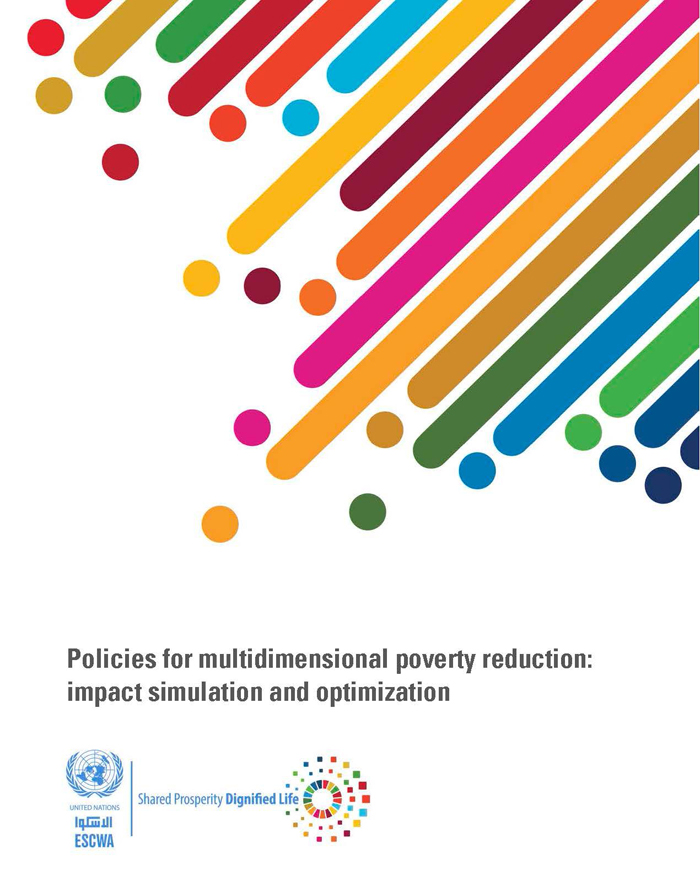
ESCWA Publication: E/ESCWA/CL2.GPID/2024/TP.2
Country: Arab region
Publication Type: Information material
Cluster: Gender Justice, Population and Inclusive Development
Focus Area: 2030 Agenda, Financing for development, Macroeconomics
Initiatives: Addressing multidimensional poverty
SDGs: Goal 1: No Poverty
Keywords: Arab countries, Education, Households, Housing, Linear programming, Mathematical models, Mauritania, Middle-income countries, Policy making, Poverty mitigation, Public services, Resources allocation, Simulation methods, Sustainable development
Policies for multidimensional poverty reduction: impact simulation and optimization
April 2024
The Arab region continues to suffer from recurring conflicts and crises, characterized by socioeconomic shocks, such as negative growth, State budget deficits, rise in welfare inequality along various dimensions, and shrinking economy and welfare state. Living standards of various socioeconomic classes are held back along multiple dimensions. Without adequate measurement, policies used to alleviate the problem may lead the society off course, as efforts implemented by policymakers may involve poor targeting, misdirection or over/under-allocation of scarce resources. Recognizing the significance of measuring poverty in the Arab region and the imperative to continuously monitor progress towards the Sustainable Development Goals (SDG)—specifically SDG target 1.2, the application of several optimization models to five Arab countries (Algeria, Egypt, Iraq, Mauritania and Tunisia) is introduced.
Outlined in the present paper are several models of State intervention, encompassing the capacity of States to allocate resources and the proficiency of policymakers in transferring these resources to households that require them the most. We evaluate a standard equal costs model's performance against the observed changes in households’ multidimensional deprivations. For each country, the model spans the period between two observed surveys, with the first serving as the baseline and the poverty reduction target set to be achieved by the time of the second survey. The analysis corroborates that the conditions and policies on the ground in each country have been directed towards addressing a number of key challenges, in the areas of age schooling gap, school attendance, mobility assets, and overcrowding. By contrast, the analysis suggests that policymakers in Arab middle-income countries should prioritize directing their resources towards the education sector, while those in lower-income countries such as Mauritania should address deprivations in education, housing and access to public services.
Related content
2030 Agenda
, Financing for development
, Macroeconomics
,
The Arab region continues to suffer from recurring conflicts and crises, characterized by socioeconomic shocks, such as negative growth, State budget deficits, rise in welfare inequality along various dimensions, and shrinking economy and welfare state. Living standards of various socioeconomic classes are held back along multiple dimensions. Without adequate measurement, policies used to alleviate the problem may lead the society off course, as efforts implemented by policymakers may involve poor targeting, misdirection or over/under-allocation of scarce resources. Recognizing the significance of measuring poverty in the Arab region and the imperative to continuously monitor progress towards the Sustainable Development Goals (SDG)—specifically SDG target 1.2, the application of several optimization models to five Arab countries (Algeria, Egypt, Iraq, Mauritania and Tunisia) is introduced.
Outlined in the present paper are several models of State intervention, encompassing the capacity of States to allocate resources and the proficiency of policymakers in transferring these resources to households that require them the most. We evaluate a standard equal costs model's performance against the observed changes in households’ multidimensional deprivations. For each country, the model spans the period between two observed surveys, with the first serving as the baseline and the poverty reduction target set to be achieved by the time of the second survey. The analysis corroborates that the conditions and policies on the ground in each country have been directed towards addressing a number of key challenges, in the areas of age schooling gap, school attendance, mobility assets, and overcrowding. By contrast, the analysis suggests that policymakers in Arab middle-income countries should prioritize directing their resources towards the education sector, while those in lower-income countries such as Mauritania should address deprivations in education, housing and access to public services.
